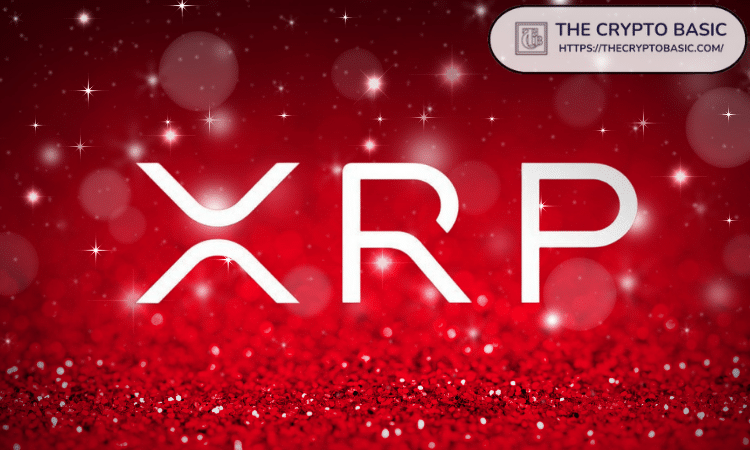As XRP continues to trade in uncertain territories, some metrics pertaining to the token’s futures and perpetual market could help traders determine its current conditions.
WallStreetBulls, a prominent XRP community figure, shared some useful details about these metrics, and what they entail. The XRP futures market, where traders can speculate on the future price movements of XRP, is one of the ways to gauge the market sentiment and activity around XRP.
XRP Futures Open Interest
This metric shows the total value of the XRP futures contracts that are still open and not settled. It reflects the overall interest and participation in the XRP futures market.
A high open interest (OI) means more traders are involved in the market. However, this metric does not indicate whether the market is bullish or bearish, as it does not show the direction of the contracts. Currently, the XRP futures and perpetual OI is $492 million, which is relatively high compared to the past few months.
Funding Rate
The funding rate shows the periodic payment that traders make to each other based on the difference between the XRP futures price and the XRP spot price. The funding rate can be positive or negative, depending on whether the futures price is higher or lower than the spot price.
A positive funding rate means that traders who are long (expecting the price to go up) pay traders who are short (expecting the price to go down), and. The funding rate can indicate the market sentiment, as a high positive funding rate means more traders are bullish, and a high negative funding rate means more traders are bearish.
However, the funding rate can also fluctuate due to market volatility and arbitrage opportunities. As of press time, the funding rate is +0.01%. This figure is relatively small and doesn’t strongly suggest a prevailing bullish sentiment. Instead, it indicates balanced market sentiments.
Liquidation Data
Liquidation data shows the value of the XRP futures and perpetual contracts that the market has closed due to insufficient margin. This happens when a trader’s position moves against their expectation and they cannot afford to maintain it.
Liquidation can cause significant losses for traders and affect the market price. The liquidation data can show the market risk and volatility, as a high liquidation value means more traders are getting liquidated and the market is more unstable.
This data can also show the market direction, as more long liquidations mean more downward pressure on the price, and more short liquidations mean more upward pressure on the price.
As of press time, the liquidation data from Coinalyze shows $3.8M worth of long liquidations and $25.7K worth of short liquidations in the past 24 hours.
Long-Short Ratio
This metric shows the ratio of the value of the long positions to the value of the short positions in the market. A long position means that a trader expects the price to go up, while a short position means that a trader expects the price to go down.
The long-short ratio can show the market sentiment, as a ratio above 1 means more traders are bullish, and a ratio below 1 means more traders are bearish. As of now, the long-short ratio is 2.71, which signals massive bullish optimism among traders.
Trade Volume
Trade volume refers to the value of all the trading activity carried out in the futures and perpetual market. It reflects the market activity and liquidity, as a high trade volume means more traders are exchanging more contracts and the market is more dynamic.
The trade volume can also show the market trend, as an increasing trade volume means more traders are entering the market and the price is more likely to move in the same direction. As of now, the trade volume has surged 2.32% to a high of $1.32 billion.
XRP Futures OI Weighted Funding Rate
This metric shows the funding rates for different platforms based on their open interest. It helps market traders compare the funding rates of these different platforms and see which ones are more bullish or bearish.
It can also help traders find arbitrage opportunities, as they can exploit the price differences between exchanges.
DisClamier: This content is informational and should not be considered financial advice. The views expressed in this article may include the author's personal opinions and do not reflect The Crypto Basic opinion. Readers are encouraged to do thorough research before making any investment decisions. The Crypto Basic is not responsible for any financial losses.



